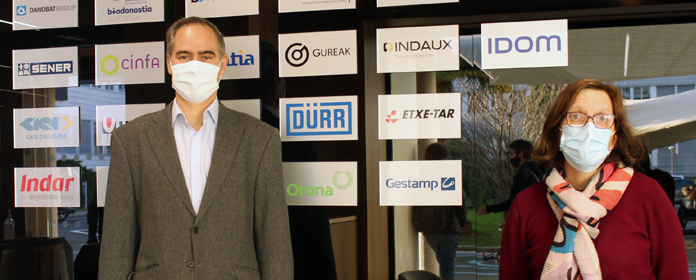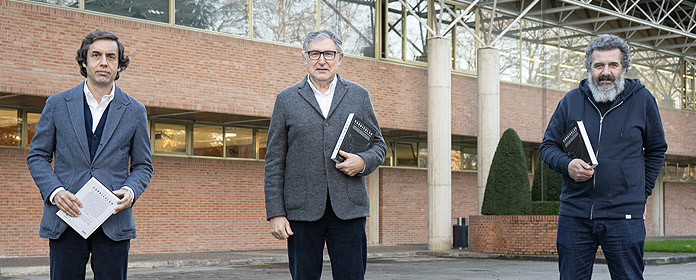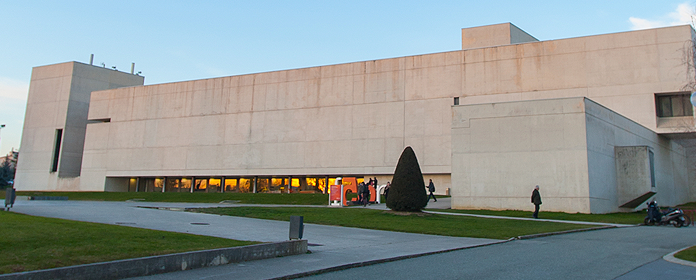The School of Sciences of the University of Navarra celebrates 50 years of teaching e research
The center, with more than 7,000 graduates, made the first soil map of Navarre and helped to eradicate brucellosis in the 1980s.
Half a century after the beginning of its first Selective Course, the School of Sciences of the University of Navarra commemorates 50 years of teaching and research with important implications for the development of the region. On this occasion, on Friday and Saturday, October 23 and 24, the School will celebrate the meeting of alumni. Among other authorities, the President, Ángel J. Gómez-Montoro; and the Councilor for Rural Affairs and Environment, Begoña Sanzberro, will attend.
Over five decades, Spain's third Science School has trained more than 7,000 graduates - 2,763 of them from Navarre - and more than 725 researchers have completed their doctoral thesis at one of its 10 Departments - most of them inter-faculty and interdisciplinary.
"In this way, the area of Sciences has contributed to the training of many doctors and pharmacists from Navarre in the fields of Biochemistry , Molecular and Cellular Biology and Microbiology", recalls its Dean, Ignacio López-Goñi. In fact, he assures that his electron microscope, the first in Navarra and the second in Spain, allowed the progress of Cell Biology.
Likewise, "the School of Sciences carried out for the first time the Map of the Soils of Navarra: the first cartographic study at a scale of 1:50,000 made in Spain, and in Europe, on such an extensive geographical entity", explains the professor. On the other hand, he adds that in the 1980s the department of Microbiology and Parasitology participated in the eradication of infectious diseases such as brucellosis in Navarra, avoiding the slaughter of thousands of animals.
On the other hand, the genetic programs of study with patients admitted to centers in the Autonomous Community were pioneers in Spain. "Precisely the most recent investigations of department of Genetics in leukemias have obtained one of the most numerous supports in the last edition of "You choose, you decide", of Caja Navarra", emphasizes Ignacio López-Goñi.
Bértiz: reference letter Spanish in the fight against environmental pollution
In the environmental field, since 2005 the School de Ciencias has been the only Spanish center that participates in the International Cooperation Program on Integrated Monitoring (ICP-IM), which belongs to the Geneva Convention and is aimed at goal supervising the state of ecosystems, as well as developing and validating models to predict their evolution and ensure that they are preserved.
According to its director, the researcher of department of Chemistry and Soil Science Jesús Miguel Santamaría, "in the study, which takes place in the Señorío de Bértiz, more than 4,000 samples of different nature are processed annually in which about 60,000 parameters are determined. These data will allow us, among other things, to make forecasts on the evolution of this and other similar ecosystems".
So far, the specialist confirms that the results obtained "indicate a great state of conservation of the Bértiz beech forest, which has a very high biodiversity. Regarding the levels of pollutants, these are those corresponding to a rural area. Moreover, retrospective analyses have shown that contamination in the area was higher in the 19th century, mainly due to the coal mines that fed the nearby forges".
Finally, Jesús Miguel Santamaría warned that in the case of nitrogen -a harmful substance that has shot up all over Europe due to the increase in traffic- "Bértiz is at the threshold from which damage can begin to be observed. Therefore, it is vitally important to continue monitoring the evolution of this pollutant to determine whether changes are really occurring in biodiversity".
Interview on 98.3 Radio




